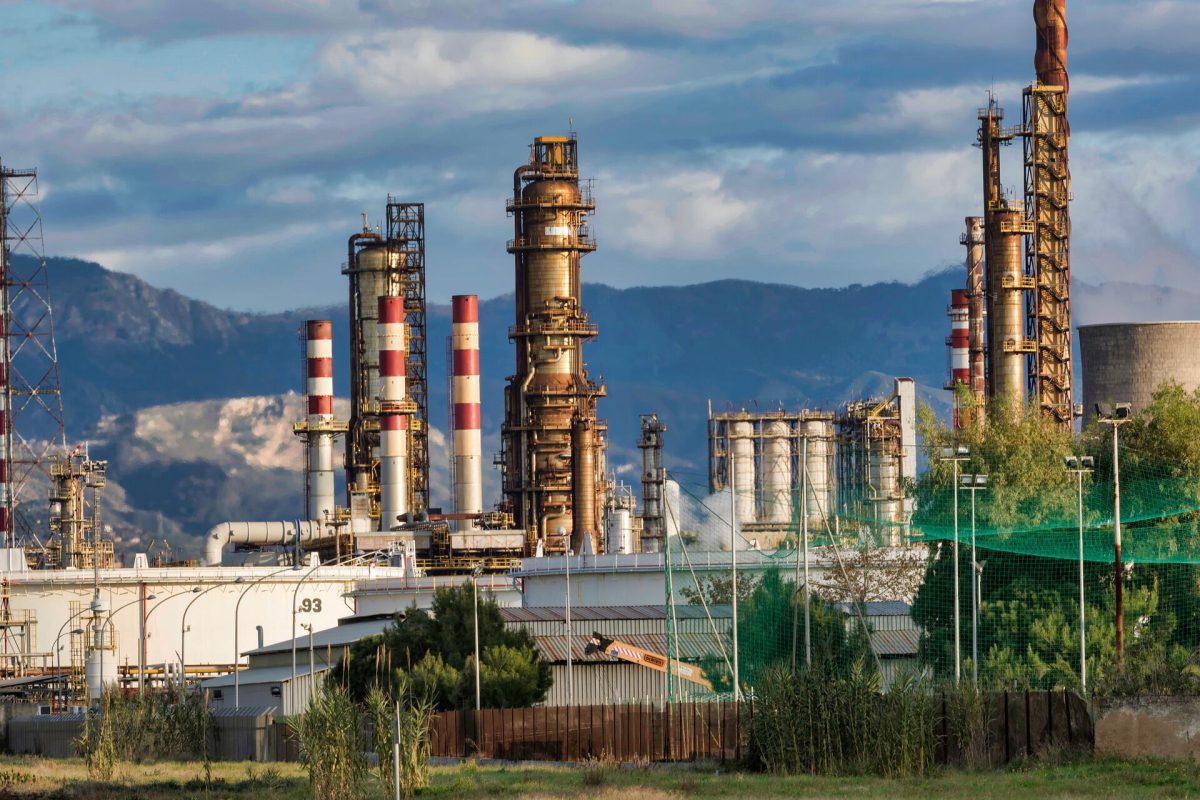Petroleum Refinery Waste

The production of oily sludge is an unavoidable problem in the process of petroleum development. Various fuel and chemical products derived from crude
are subject to several processing and refining stages. These various processing stages include:
• catalytic cracking
• catalyzed and uncatalyzed reforming
• hydrogenation
• desulphurization
• distillation
• etc…
The characteristics of distillation processes do not possess the capability of elevated operating temperature, typically greater than 415 ̊C. This has led to the generation of large quantities of nondistillable residues.
The main sources of generated oily sludge in a petroleum refinery:
There are sources of hydrocarbon rich sludge from refinery sites:
• sludge from separator bottoms
• heat exchanger sludge
• slop oil emulsion solids
• crude oil tank bottoms (crude oil, distillates, decant oil, bunker)
Petroleum waste as a hazardous material
The harm of oily sludge to the environment is extremely serious. These wastes contain both organic components and heavy metals and are classified as hazardous waste by the EPA. According to more recent research work, high concentration of metals in petroleum sludge from refineries have been reported as Zn, Fe, Cu, Cr, Ni, and Pb.
The improper disposal of petroleum sludge to the environment, creates a major threat such as significant modifications to the chemical and physical properties of the surrounding soils.
Treatment by pyrolysis
Pyrolysis technology refers to the method of heating oily sludge under the condition without oxygen, in order to separate out oil and organic matter, and segregate oily sludge into pyrolysis residue, pyrolysis liquid, and pyrolysis gas.
The advantages of pyrolysis compared to other treatment methods for rich hydrocarbon residues in petroleum refineries include the following items:
• Permanent disposal via incineration of such material can be considered a waste of a valuable resource so pyrolysis of rich hydrocarbons can be used as a conversion system of wastes into raw materials for other important processes.
• The extraction of valuable products, especially commodity chemicals, from the hydrocarbon residue also reduces the volume of feedstock to be subjected to combustion, therefore resulting in a net reduction of CO2 generation.
• Pyrolysis is an alternative to treating hazardous sludge via biological treatment and the use of specifically developed bacterial strains to promote the decomposition reaction of hydrocarbon sludge.
• Chemical extraction is a common method for resource recovery but most of the used extractant is relatively expensive. The complicated operation and the need for further refining processes are the main obstacles hindering the development of this method.
Pyroltech’s objectives
The benefits of our solution for the treatment of oily sludge are fast processing speed, the strong pollution control, small area covering, and fewer requirements for the properties of oily sludge.
The main products of the process include syngas, pyrolysis oil and char, which can be recycled and used in various industries. Our technology tries to increase the recovery rate of oil and syngas while reducing energy consumption in the treatment process.
Pyroltech plants are designed to easily transfer to a refinery, so it is a cost-effective and environmentally sound solution to deriving valuable products from hydrocarbon-rich refinery residue.


